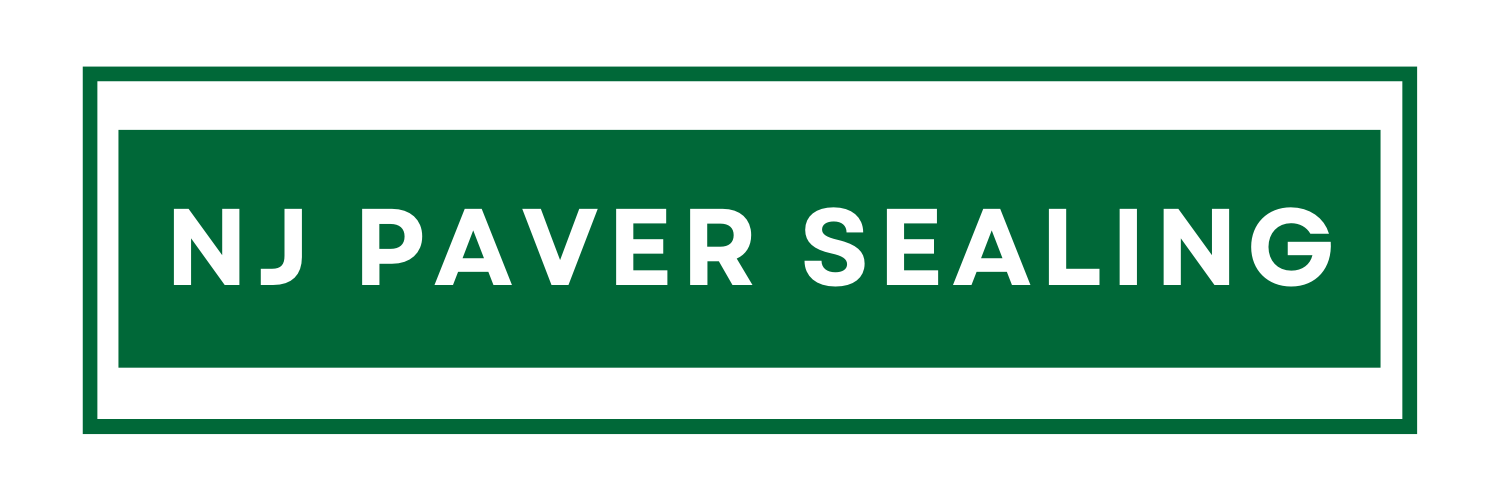Sealed pavers are an excellent way to enhance the appearance of your outdoor space while protecting your investment. However, discoloration on sealed pavers can occur, frustrating homeowners and detracting from their curb appeal. Understanding the causes of discoloration and how to resolve or prevent it is key to keeping your pavers looking their best.
Common Causes of Discoloration on Sealed Pavers
- Improper Cleaning Before Sealing
Dirt, stains, or moisture left on the pavers during sealing can cause discoloration. The sealer traps contaminants, leading to cloudy or uneven finishes.- Prevention Tip: Always clean pavers thoroughly before sealing. Pressure wash and allow them to dry completely.
- Incompatible or Low-Quality Sealer
Using the wrong type of sealer for your pavers or applying a low-quality product can result in discoloration or uneven coverage.- Prevention Tip: Choose a high-quality, paver-specific sealer suited to your surface and environmental conditions.
- Over-Application of Sealer
Applying too much sealer can create a milky appearance, as the product fails to penetrate the paver surface and sits as a thick layer.- Prevention Tip: Apply sealer in thin, even coats, following manufacturer instructions.
- Trapped Moisture
If the pavers are not completely dry before sealing, moisture can become trapped under the sealant, causing hazy patches.- Prevention Tip: Ensure pavers are completely dry, especially after rain or pressure washing.
- Efflorescence
Efflorescence, the white powdery residue caused by salts migrating to the surface, can appear beneath or above the sealer.- Prevention Tip: Address efflorescence before sealing by using an efflorescence cleaner and waiting for it to fully dissipate.
How to Fix Discoloration on Sealed Pavers
- Identify the Cause
Determine whether the discoloration is from moisture, efflorescence, or improper application to select the appropriate solution. - Strip and Reseal
For severe discoloration, stripping the existing sealer and resealing the pavers with a high-quality product may be necessary. This ensures a uniform appearance.- Professional Help: NJ Paver Sealing uses environmentally friendly sealers and professional-grade equipment to achieve flawless results.
- Address Efflorescence
If efflorescence is the issue, use an efflorescence remover and allow the pavers to dry completely before resealing. - Reapply in Thin Layers
For over-application issues, strip the sealer and reapply it in thin, even layers to avoid pooling and cloudiness. - Fix Moisture Issues
Remove the sealant in areas where moisture is trapped, let the pavers dry thoroughly, and then reseal. Proper weather conditions are crucial for this step.
Preventing Discoloration on Sealed Pavers
- Clean Thoroughly: Pressure wash and scrub away dirt, grease, and other contaminants before sealing.
- Use Quality Products: Invest in a reputable sealer specifically designed for your paver type.
- Hire Professionals: Experts like NJ Paver Sealing ensure proper preparation, application, and maintenance for long-lasting results.
- Regular Maintenance: Keep your pavers clean and free from debris to maintain the seal’s integrity.
Why Choose NJ Paver Sealing?
At NJ Paver Sealing, we specialize in restoring and sealing pavers to perfection. Our team of experts addresses discoloration issues with precision, ensuring your outdoor spaces look stunning for years to come. We use top-quality materials and techniques to prevent future problems while enhancing the beauty of your property.
Get Professional Paver Sealing Today!
Don’t let discoloration ruin your outdoor space. Call NJ Paver Sealing at 732-800-6085, visit NJ Paver Sealing, or check out our Google Maps listing to schedule your service today! Protect and beautify your pavers with our trusted expertise.
